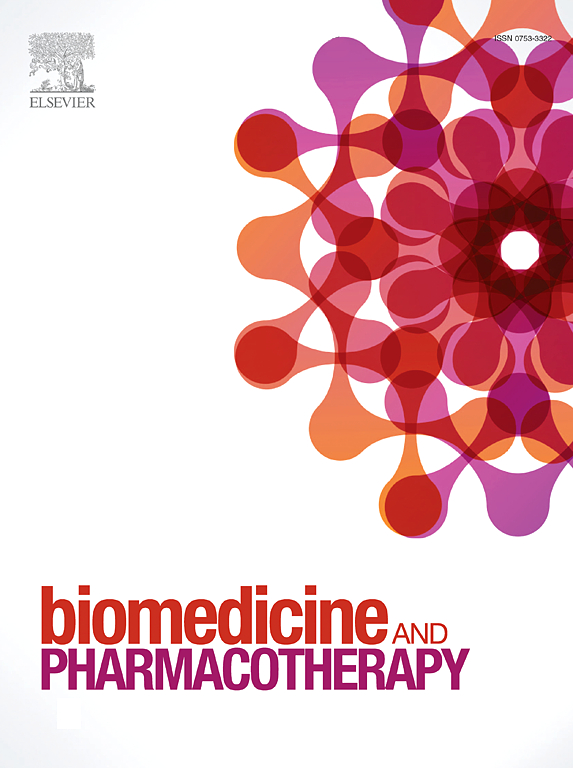α-Cyanocinnamylboronic acid derivatives are safe, selective anti-inflammatory molecules that inhibit P2X7 receptor function and signaling
IF 6.9
2区 医学
Q1 MEDICINE, RESEARCH & EXPERIMENTAL
引用次数: 0
Abstract
P2X7 purinergic receptor (P2X7R) is a promising target for the development of new anti-inflammatory therapies. This can be inferred from the number of pharmaceutical patents aimed at inhibitors of this receptor and the number of clinical trials related to P2X7 in progress. A previous study demonstrated that α-cyanocinnamylboronic acid derivatives can be valuable starting points for designing P2X7 inhibitors. Encouraged by previous results, new 2-cyanocinamic boronic acids were prepared and evaluated for their cytotoxicity, ability to inhibit human and mouse P2X7 receptors, and anti-inflammatory effects in vitro and in vivo in ATP-induced mouse paw edema. In the present work, a series of 2-cyanocinamic boronic acids were evaluated for their effects on the function and intracellular signaling of the purinergic receptor P2X7. Additionally, the anti-inflammatory properties of the series were investigated through in vitro and in vivo experiments. The selectivity and affinity for inhibiting the P2X7 receptor were investigated in U937 cells via in silico assays. We observed that 3 l inhibited P2X7 receptor function and intracellular signaling in vitro and inflammation in vivo after binding to P2X7 receptor allosteric sites.
求助全文
约1分钟内获得全文
求助全文
来源期刊
CiteScore
11.90
自引率
2.70%
发文量
1621
审稿时长
48 days
期刊介绍:
Biomedicine & Pharmacotherapy stands as a multidisciplinary journal, presenting a spectrum of original research reports, reviews, and communications in the realms of clinical and basic medicine, as well as pharmacology. The journal spans various fields, including Cancer, Nutriceutics, Neurodegenerative, Cardiac, and Infectious Diseases.

 求助内容:
求助内容: 应助结果提醒方式:
应助结果提醒方式:


